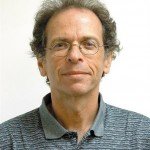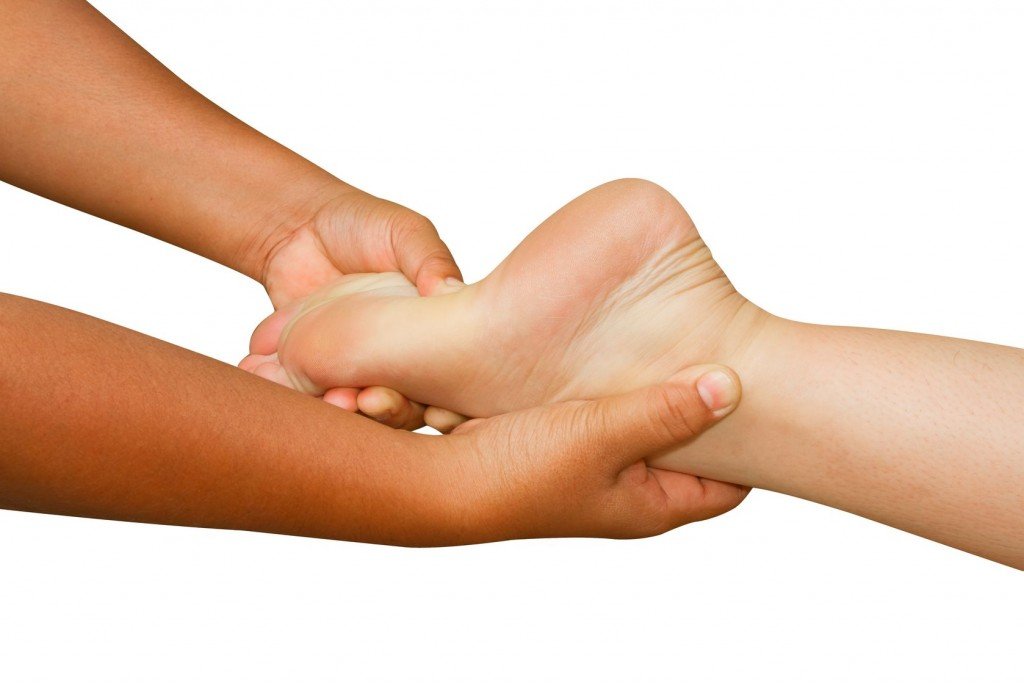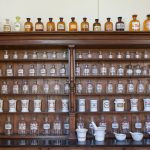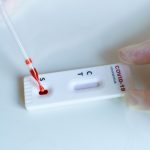Joe Kellerstein, DC, ND
December 2005 was mild for a Toronto winter, but the steel-grey skies were familiar. My receptionist handed me the intake form indicative of a new patient waiting to begin our two-hour initial visit. On reviewing the form and seeing the reason for the visit – peripheral neuropathy, onset 2004, with tremor – I felt a sinking sensation. Typically, these cases give the homeopath few guiding symptoms to offer hope of a good reaction. I noted that an exertion tremor had preceded the onset of numbness and loss of positional sense by five years.
I heard the thud of crutches on the carpet preceding the awkward, forced cadence of steps, and then I met James. At 50 years old, he was a large, impressive man, with neatly trimmed beard and glasses. He was pleasant, but brief and succinct in speech.
His chief complaint was extreme burning and cramping in both feet. Neurontin had given him relief, but it required large doses and the help had since waned. Burning on the lateral edges of the feet was unvarying (a symptom without variation, i.e., modalities, might indicate a poor prognosis). Having been a physically strong man, the loss of strength and quick rate of tiring while walking a mall was unnerving. He also experienced the painful and constant sense of walking on a stone.
Over the past year, James became nauseous when riding as a passenger in a car; he had to block the side view to curtail the nausea.
In addition, James had been suffering from headaches for four years. Onset is sudden, with an outward pressing sensation behind the eyes that lasts about 40 minutes, gradually waning. Vertigo accompanies; and noise, light and motion increase the pain. Frequency is one or more times per week.
There is a previous history of:
- At least three episodes of epidydimitis.
- Psoriatic lesions below the knees (childhood), ‘cured’ by tar-based creams.
- Allergy shots two times per week until age 9.
- Annual bouts of winter bronchitis.
General Symptoms
This gentleman was quiet, but cooperative. I continued to press questions, hoping for a decisive indicator, and finally got one: Aggravation from excess heat. He absolutely cannot be in a hot tub; his body feels as if it is unable to dissipate heat. In addition, jerking during sleep is frequent and intense, and he suffers from perspiration upon falling asleep every night.
Observations of the mouth revealed fissures of the tongue, especially on the edges.
Consider the rubrics:
- Extremities: Jerking during sleep; burning pain on the soles of feet
- Perspiration: When beginning to sleep
- Mouth: Cracked, with fissured tongue
- Vertigo: On closing eyes, ameliorated.
Sulphur leads as the optimal remedy, and James’ strong heat sensitivity confirms it. His past history of potentially suppressive treatment of skin eruptions also lends weight to the prescription. Sulphur 6c daily was given. Within four days, James noted various changes, and progressed gradually. By March 2006, the burning in both feet was gone completely. Balance was 30% improved. Headaches completely vanished. Epidydimitis (which had been severe five years ago) briefly returned and resolved.
In May, James confidently walked into his consultation on his own two feet, with no hardware. His numbness is not gone, but his strength and coordination are much improved. Not bad for a little dose of “nothing.”
This case taught me the value of seeing the patient and not the pathology. Without digging for that symptom relating to his intolerance to heat, I would have been lost. Part of the genius of Hahnemann was to see in chronic diseases the importance of all the heightened sensitivities of the patient, even those not directly related to pathology. The general symptoms of the patient, when marked, have great guiding or corroborative value.

Joe Kellerstein, DC, ND graduated as a chiropractor in 1980 and as a naturopathic physician in 1984. He graduated with a specialty in homeopathy from the Canadian Academy for Homeopathy, and subsequently lectured there for two years. He also lectured in homeopathy for several years at CCNM; for eight years at the Toronto School of Homeopathic Medicine; and for two years at the British Institute for Homeopathy. For the past five years, he has lectured for his own post-grad course in homeopathy, Homeopathy by the Book (homeopathybythebook.com). Kellerstein’s mission is the exploration of natural medicine in a holistic context, especially homeopathy and facilitating the experience of healing in clients.





